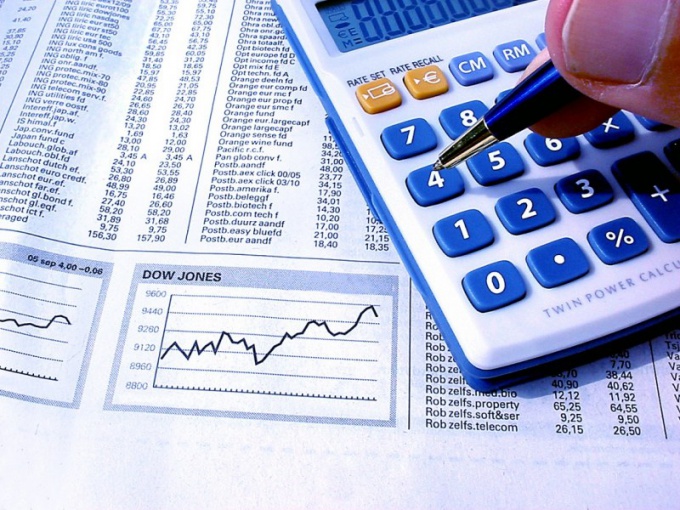Instruction
1
The graph can be linear, in the form of bars and so-called "candlesticks". The most popular and most often used are line charts, when one time reference corresponds to a single quantitative indicator. For most analytical calculations that is enough. For such a chart, you'll need the indicators to specific time intervals. For example, sales for each day. To analyze charts better for several years to identify General trends.
2
Compare several schedules for the year. Depending on what is the object of the study, determine how the parameters change depending on the season. For example, sales volumes of soft drinks in the summer months greatly increase. The same applies to finishing materials, as the repair of apartments, the population is also produced in the warm season. Such seasonal fluctuations will allow the adjustment of the supply of goods to the warehouse so that there were neither glut nor shortage.
3
Analyzing the daily chart, you will notice not only seasonal fluctuations of demand. If his line is sawtooth, then take a look at which days of the week have peaks in sales. Most likely, this Saturday and Sunday. Such predictable periodic highs in consumer activity will also help you to incorporate it into their store.
4
If you collect data for each type of goods, you can explore the graphs trend upward or downward trend, covering the fluctuation of the demand for the product for a long time. The trend is characterized by a sequence of highs and lows, but an upward trend each successive pair of high and low is located above the previous one. The trend will help you to determine the popularity of a product is growing, and some declining.
Useful advice
Graphical analysis is based on the recognition of individual configurations the shape of the graph showing the change of the parameters of the phenomenon. It is used to predict their future variations.
